We had the privilege of being led on a tour around the Chinese Heritage Centre (CHC) by Dr Lim Boon Hock, who knew every little detail about the beginnings of the first Chinese learning institute, or what was known in the past as Nanyang University.
I have to admit that I always had the impression that the CHC was actually the building where students studied Chinese Medicine, and often wondered how nice it must be to have lessons conducted inside. I’m really glad this field trip has cleared my misconception and taught me a lot more!

The Nantah Pictorial Exhibition displays the progression of the development of Nanyang University over the years. It “seeks to capture the spirit behind the founding of Nanyang University (Nantah), the first and only Chinese-medium institution of higher learning outside China.”
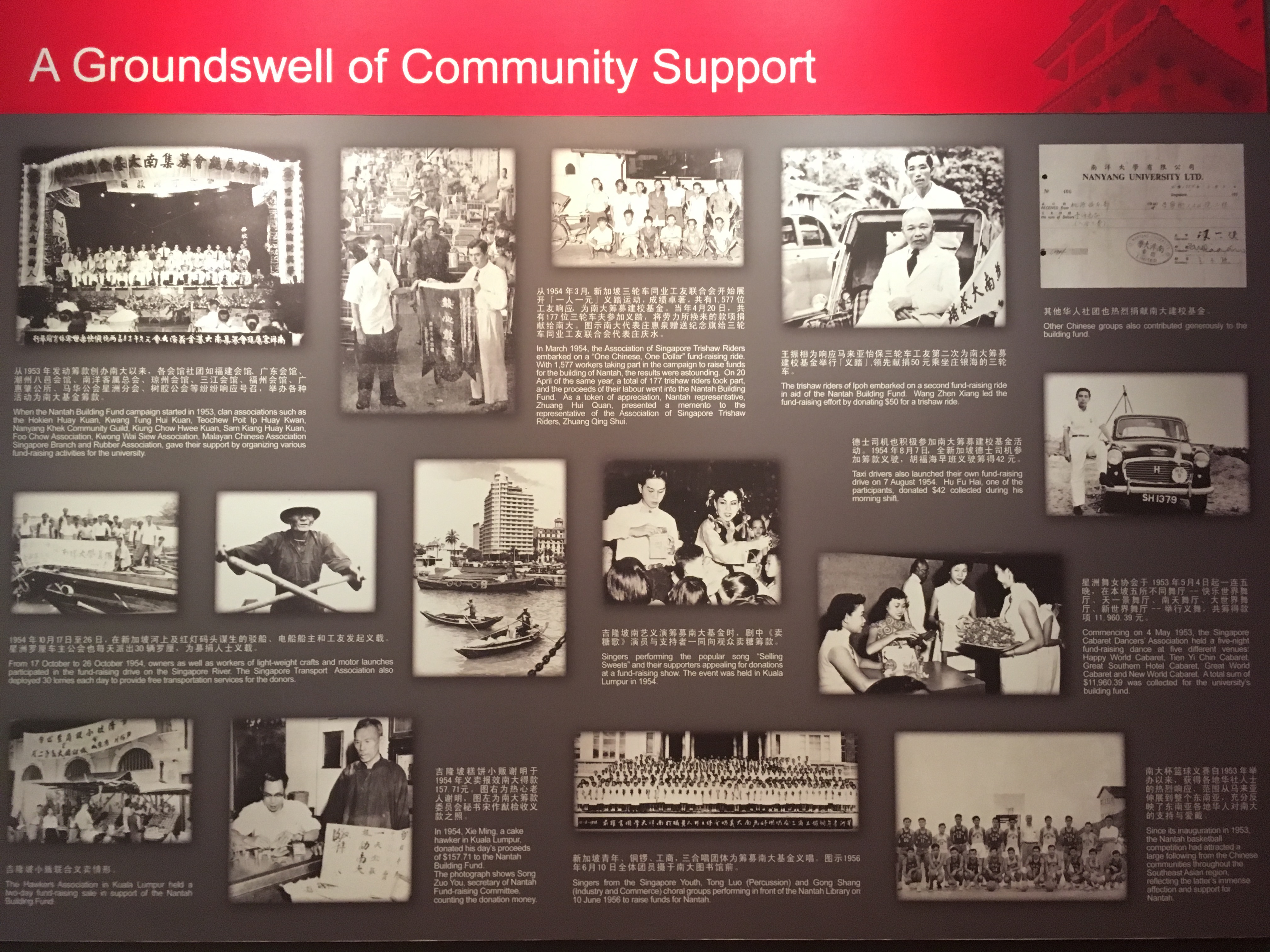
Nanyang University was a school by the community, for the community. Chinese Singaporeans and Malaysians from all walks of life contributed to the construction and building of the school. Fundraisers were organised by people from various occupations, from trishaw riders to hawkers and taxi drivers.

The Nantah Library & Administration Building (now the Chinese Heritage Centre) was the first building to be built. The founders believed that a library was important in driving the educational success of the school. It is located on a hill that overlooks Yunnan Garden “like an armchair atop a hill, as a reminder of the Chinese community’s sacrifice.” Dr Lim gave us access to the observation deck (which is closed to public) and it was there that I realised that the building was positioned adjacent to the fountain, memorial, as well as the arch replica before it. It was interesting to note the relationship between buildings and the other structures surrounding it, and how they can lead from one to another.
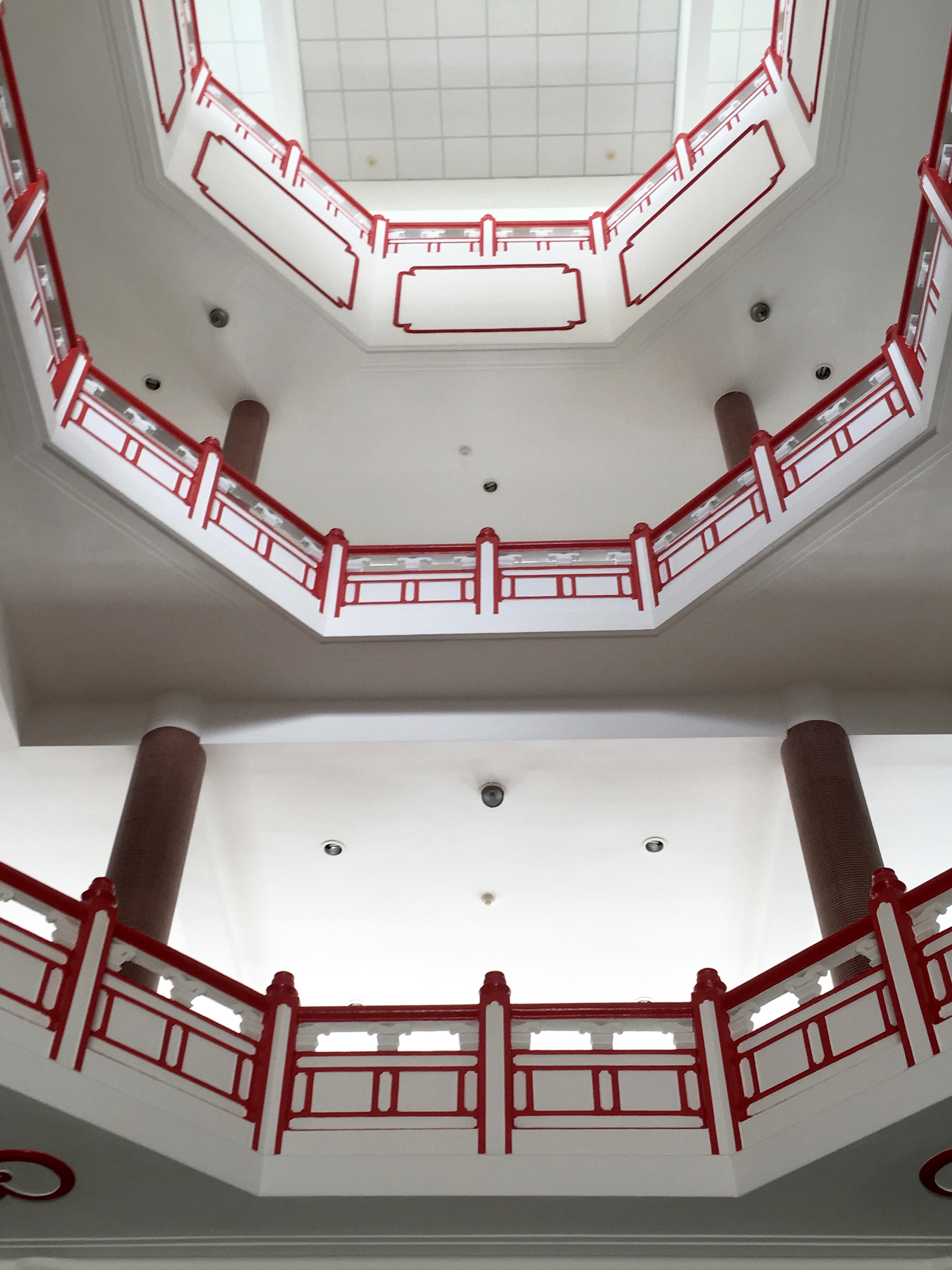
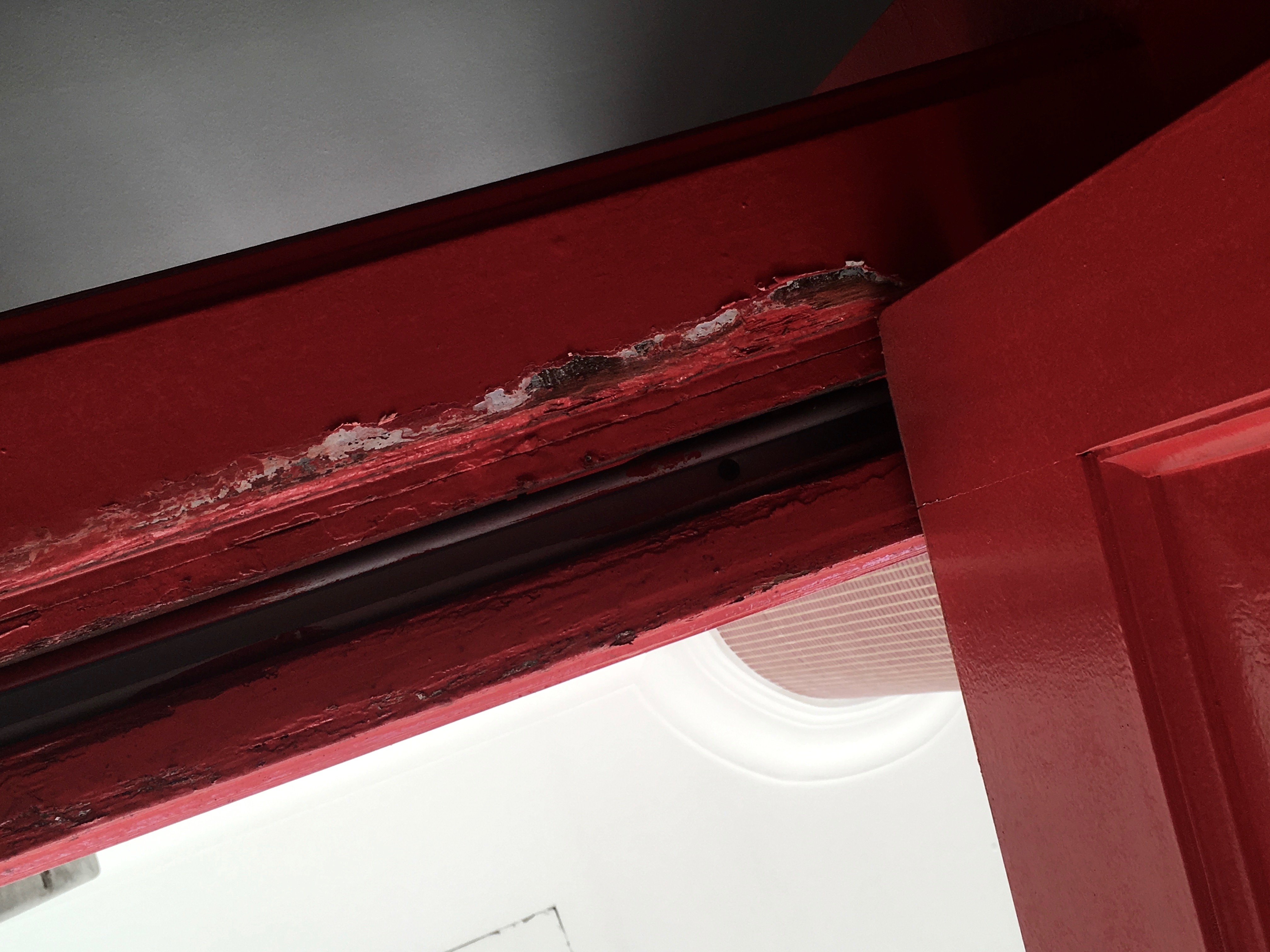
The building was built in 1954 and was gazetted as a National Monument in 1998. As such, the building has to be well-preserved. It still maintains the same elements as it did when it was first built, albeit with some scars from aging. According to Dr Lim, they were not allowed to repaint the doors, replace any of the tiles, or even jet-wash the stone steps on its exterior because it might further damage and affect the original form of the building.
REFLECTIONS –
There was one thing which Dr Lim mentioned nearing the end of our tour in the Nantah Pictorial Exhibition that really stood out to me. It was about how the CHC was an iconic spot for friends to meet up and where couples have dates. He told us the story of how young men would request the help of his female friends to pass on a message to his potential date, to meet at the CHC at a specific date and time. This made the CHC a very popular dating spot, especially since it was near the Yun Nan Gardens as well.
A building with such distinct architecture was also easily identifiable in the background of many of the photos at the exhibition. It seemed to be the main location for many historical events that involved the school.
It made me realise that identifying the architecture of buildings can be considered as a form of way-finding, not only back in the days where technology was not as developed, but also in the our present day and age. If we were to meet up at CHC, we would have to describe it / identify it as such:
Let’s meet at the Chinese Heritage Centre, the building __________________________________.
a) with the green tiled roof
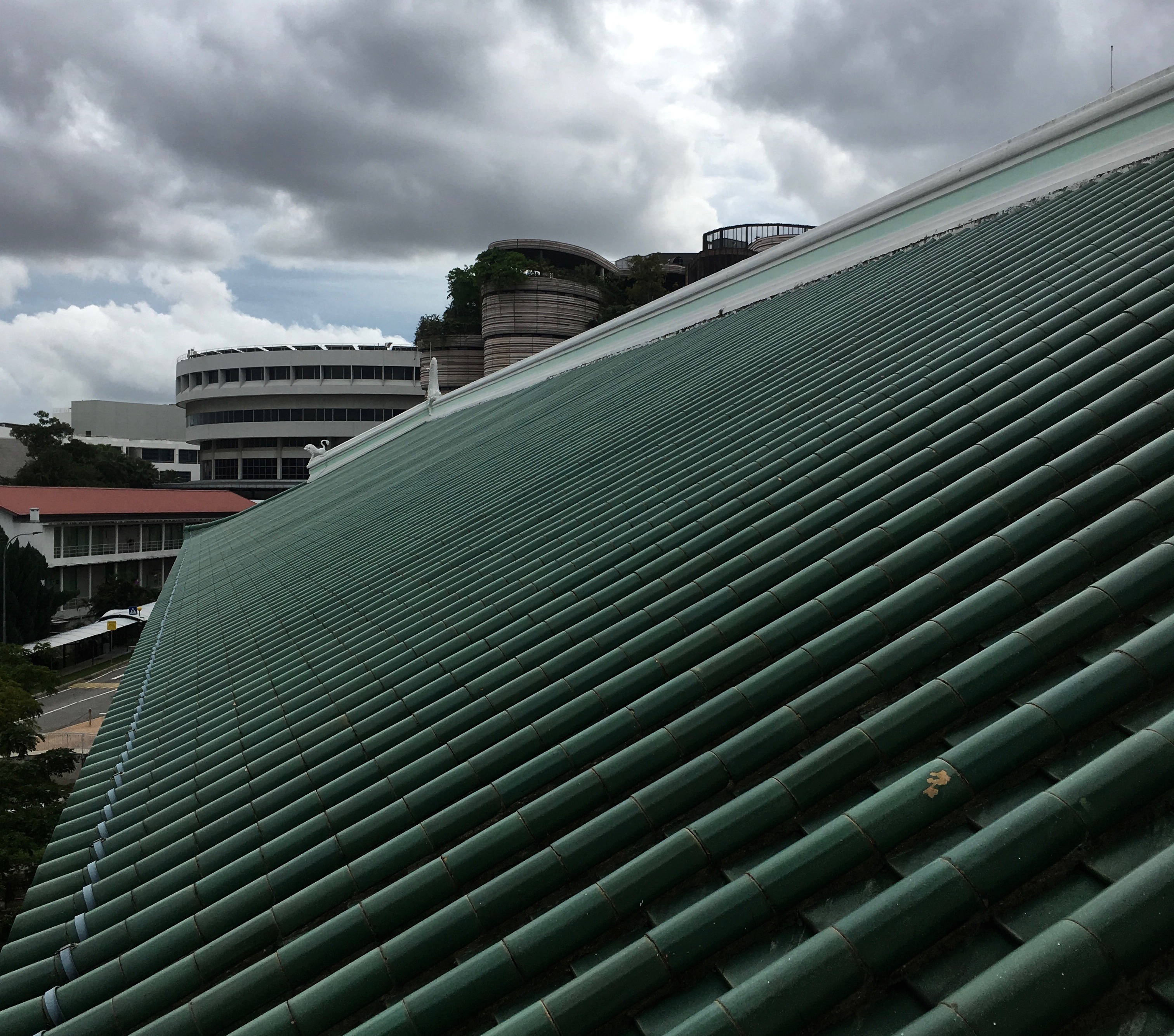
b) with the red brick wall
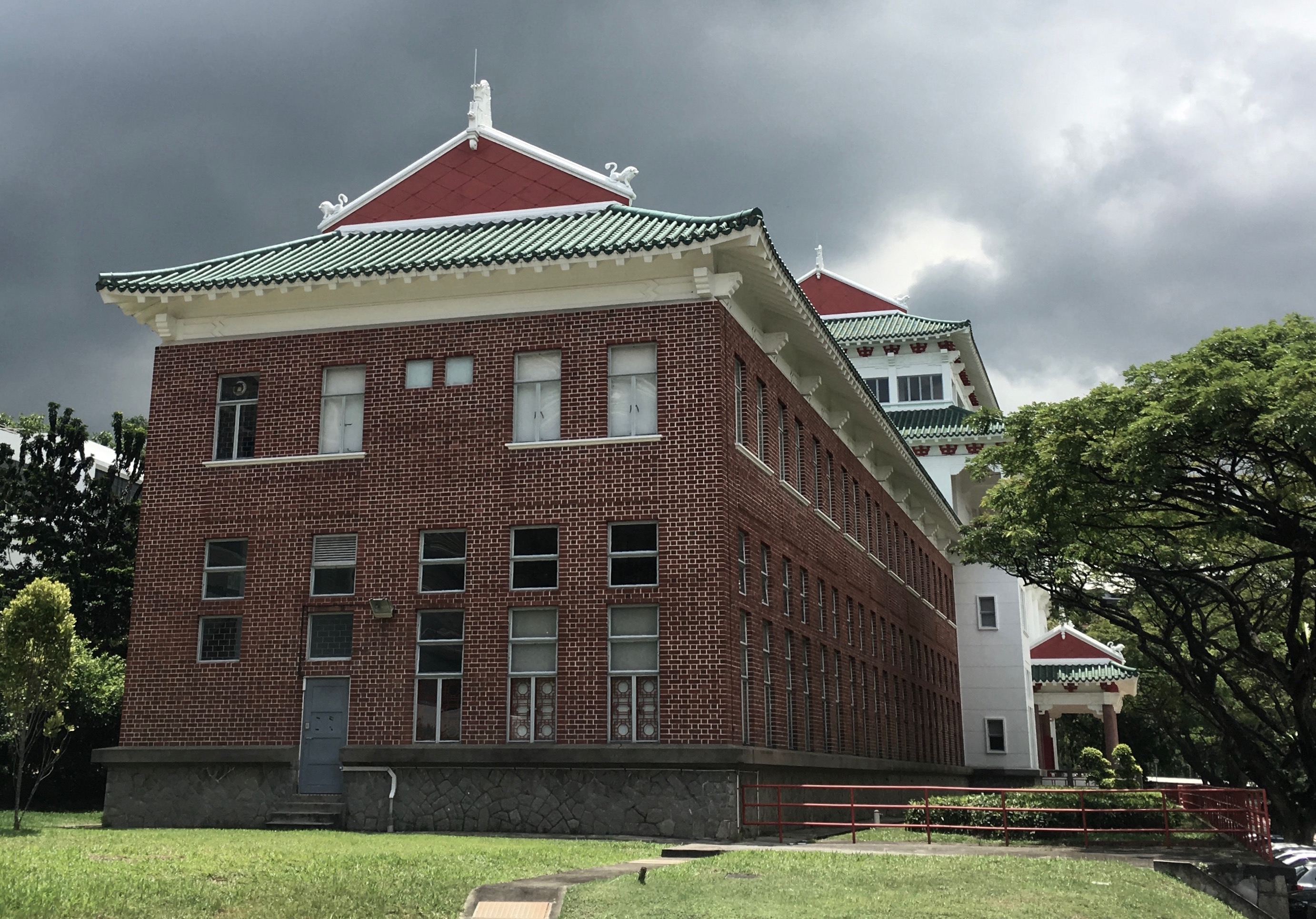
c) that has an oriental Chinese look

d) that is opposite Yun Nan Gardens
e) with the fountain in front of it
It makes me wonder if people with good directional skills have formed this map in their heads solely based on the architecture of buildings that they know, which makes it easy for them to get from place to place. However, identifying places based on architecture would only work if the building has very distinct and visible visual elements. In places where nothing stands out and where everything looks the same, how do we navigate our way around?
References:
http://chc.ntu.edu.sg/Exhibition/Pages/NantahPictorialExhibition.aspx
http://www.straitstimes.com/singapore/nantahs-historical-structures

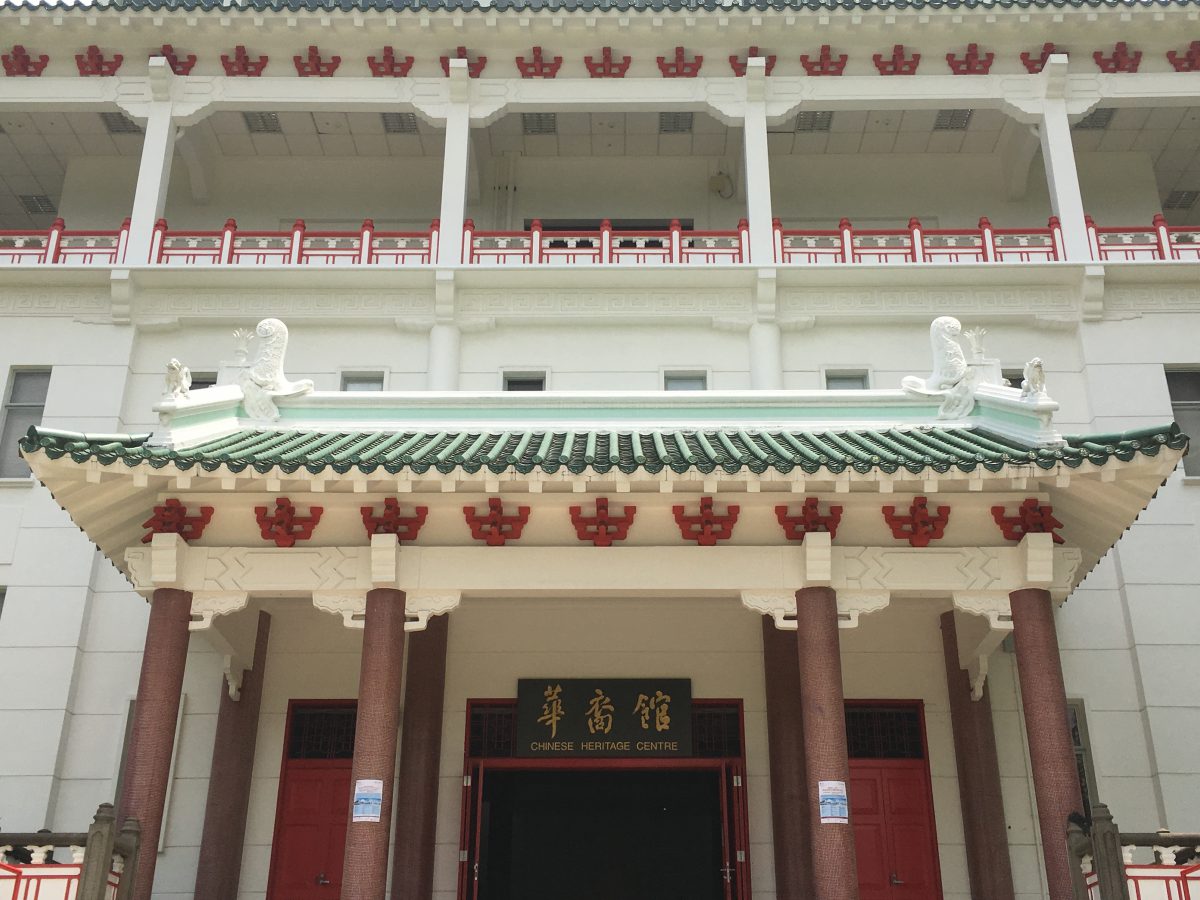

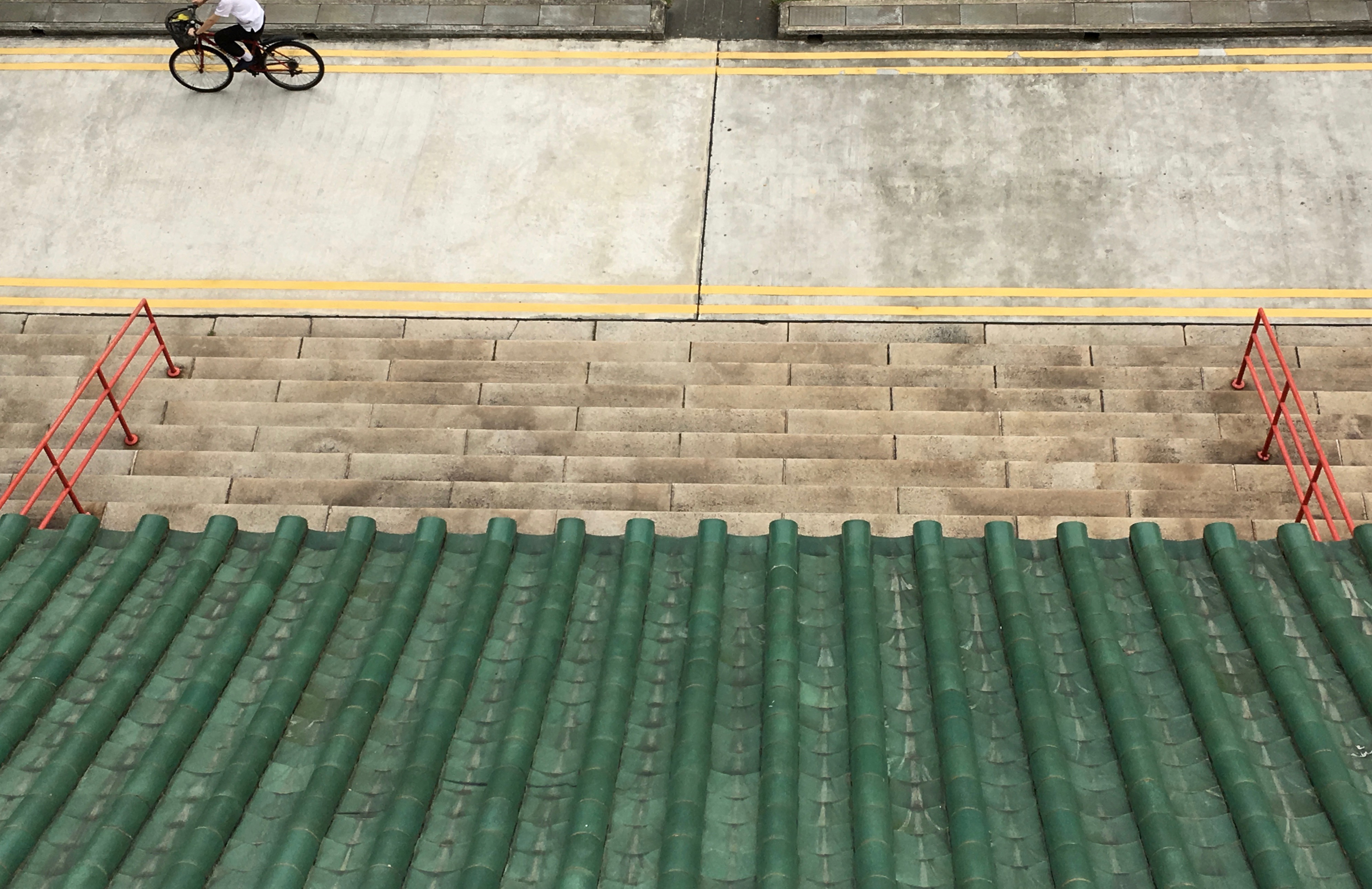






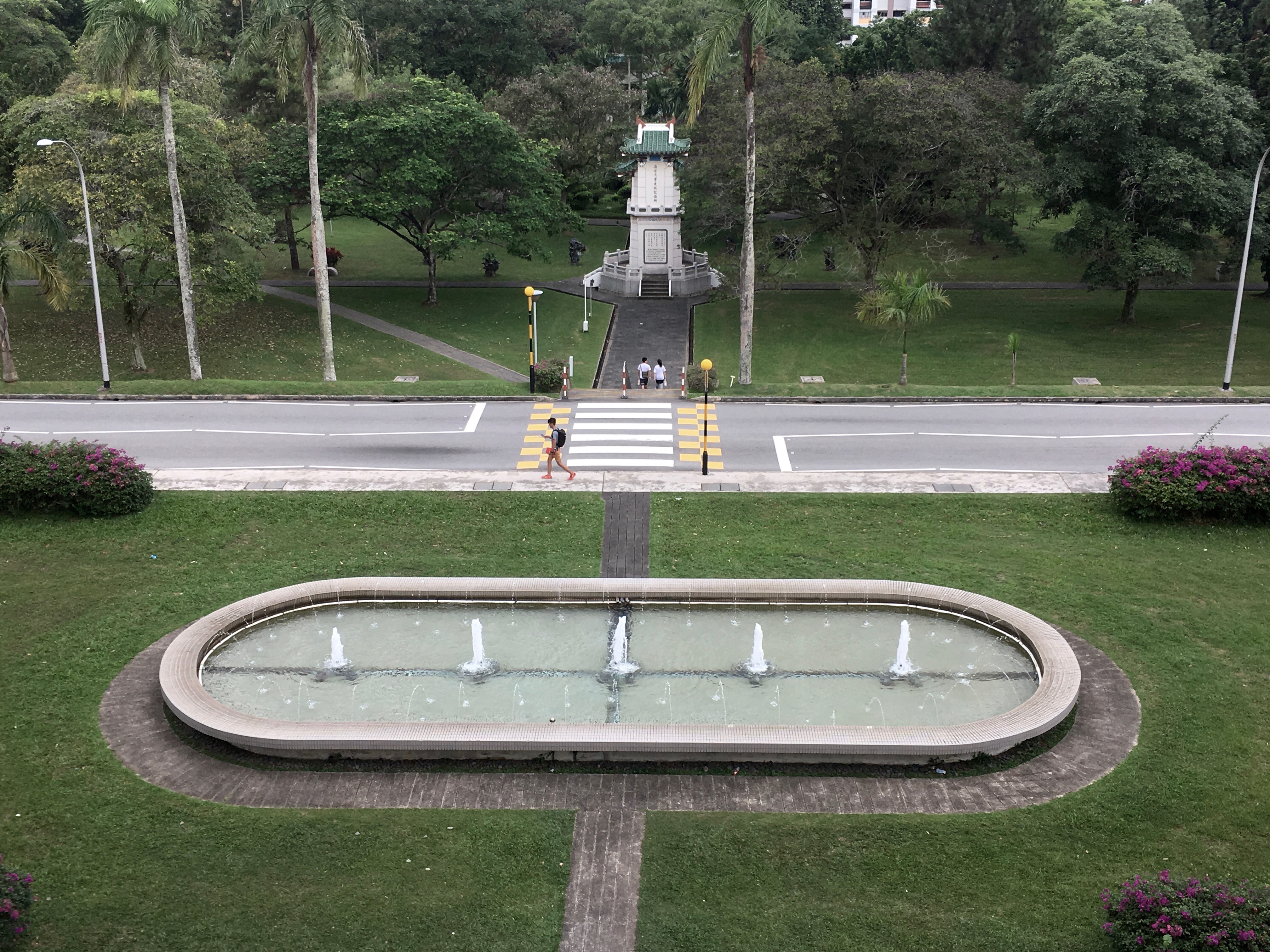
Excellent comments and reflection Tisya! I like your observation that “architecture of buildings can be considered as a form of way-finding”.
great images and reflections Tisya, I think linking way-finding and architectural features or landmarks is a good idea to bring into your project